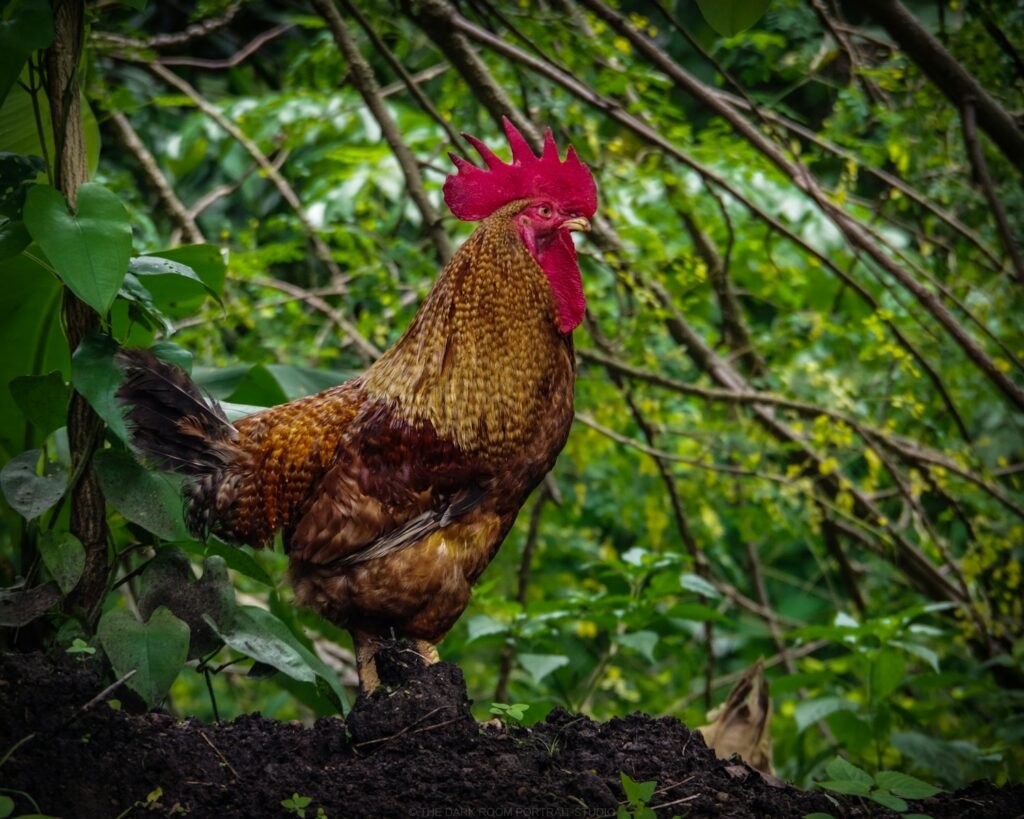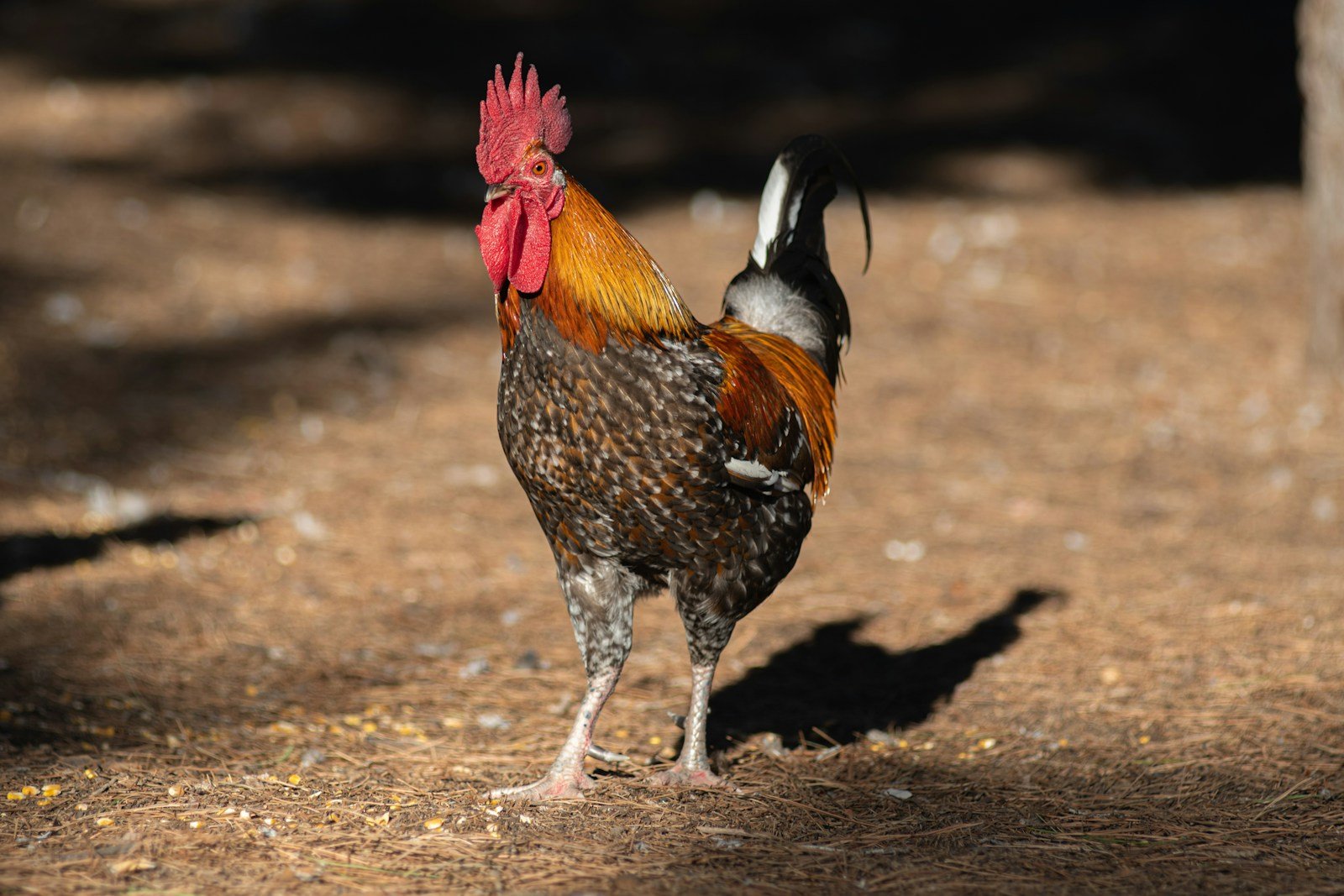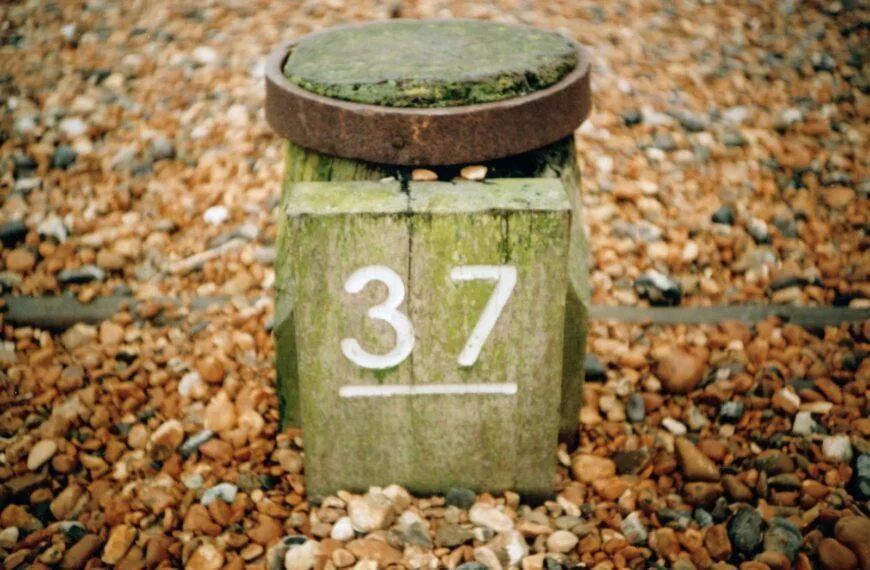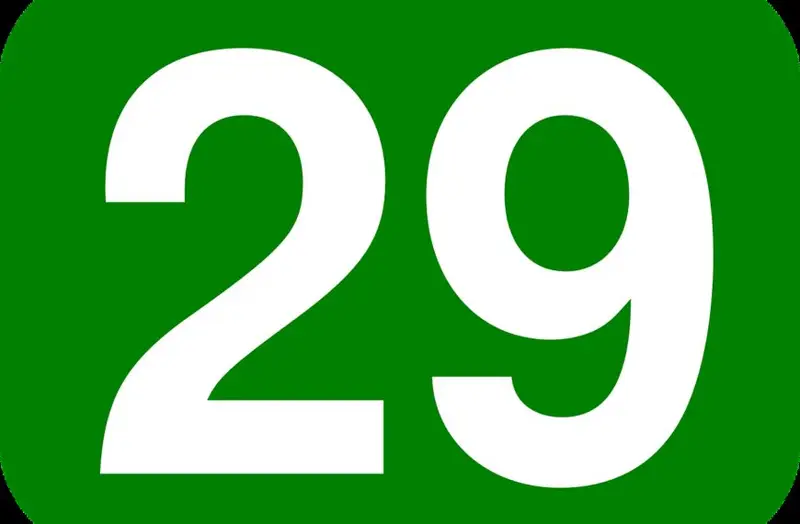Ever thought about what a rooster means in the Bible? What Does A Rooster Symbolize In The Bible? This bird is more than just a farm animal. It holds deep meaning in Christian teachings and traditions. From Peter’s denial to themes of redemption and victory, the rooster symbolizes important Christian values.
In Rome, a 3rd-century fresco shows Jesus with a rooster at his feet. This image suggests the rooster’s deep symbolism. Jewish tradition also uses the rooster in a ritual before Yom Kippur, swinging it above people’s heads.
The Hebrew word “gever” means both “man” and “rooster.” This shows how a rooster can stand in for a person facing punishment. This link shows the rooster’s tie to human weakness and the chance for redemption.
Roosters are found on clay lamps and church weather vanes, linking them to light. In Europe, they’re on church steeples, symbolizing Saint Peter or Jesus. In Japan, roosters are free in Sun shrines.
In Yoruba belief, the rooster is a Christ symbol, creating land like in the Christian creation story. This shows the rooster’s role in creation and as a symbol of Christ.
The Manhattan Presbyterian Church’s logo features a rooster on a cross. It comes from an emblem from City Pres in Oklahoma City. This logo represents God’s grace and Peter’s story of denial and redemption.
So, what does a rooster symbolize in the Bible? Let’s dive into the meanings and connections of this fascinating bird. Discover the hope, redemption, and change that the rooster symbolizes.
The Connection Between Roosters and Peter’s Denial of Christ
In the Gospel accounts, we see a deep link between roosters and Peter’s denial of Christ. This connection is clear when Peter faces his biggest test, as Jesus is about to be crucified. The rooster’s crowing becomes very important at this time.
All four Gospels talk about a prophecy about a rooster crowing when Peter denies Jesus for the third time. Matthew, Mark, and Luke say the rooster’s crow makes Peter remember Jesus’ words. John also talks about the second crow, which happens right after Peter’s third denial.
The second crow in Mark’s Gospel is very important. It marks a turning point for Peter, making him realize his betrayal. As the rooster crows, Peter understands the depth of his denial of Jesus.
And the second time the cock crowed. Then Peter called to mind the word that Jesus had said unto him, Before the cock crow twice, thou shalt deny me thrice. And when he thought thereon, he wept. – Mark 14:72 (KJV)
Mark’s account also tells us that Peter will deny Christ before the rooster crows twice. This shows how important the rooster’s crow is as a sign of Peter’s denial. It shows his failure and how vulnerable he is.
Moreover, the rooster’s crowing after Peter’s third denial, as Luke mentions, confirms it matches the second crow in Mark. This agreement among the Gospels strengthens the story of Peter’s denial and his later change of heart1.
Peter’s denial and his later change of heart are very important. He had three chances to show he was loyal to Jesus but denied Him three times. The rooster’s crowing marks the end of his testing, reminding him of his failure and the need to repent1.
Also, the rooster symbolizes humanity’s weaknesses and Christ’s forgiveness. In Christian symbolism, it stands for watchfulness, as seen in Mark 14:37-38. Jesus tells Peter to stay awake and pray to avoid temptation. The rooster reminds believers to stay humble, vigilant, and faithful, even after mistakes1.
Roosters also have cultural meaning. Some churches put roosters on their steeples as a symbol of grace and forgiveness. The rooster’s crowing, which happens around midnight and before dawn, adds more meaning to Jesus’ prophecy1.
In conclusion, the link between roosters and Peter’s denial is deep in the Gospels. The rooster’s crowing marks a moment of realization, repentance, and redemption for Peter. It symbolizes humanity’s weaknesses and Christ’s forgiveness. This connection is shown in the Gospels, encouraging believers to stay watchful, humble, and faithful despite past mistakes.

The Symbolism of Resurrection and Victory
The rooster is more than just tied to Peter’s denial of Jesus. It also symbolizes resurrection and victory over darkness. When it crows at dawn, it shows light beating darkness and life beating death.
In many churches, the rooster’s call is seen as a call to turn back and remember the new grace Christ’s resurrection brings. Like the rooster welcomes the day, believers are urged to accept Christ’s light and beat the sin in their lives.
The rooster is linked to the dawn, symbolizing hope and renewal. In Christianity, Jesus’ resurrection is seen as the ultimate win over darkness. He defeated sin and death, offering eternal life and redemption to people.
The rooster stays awake all night, showing the need to stay strong in faith, even when times are tough. It reminds believers to keep their faith strong, avoiding actions that could lead to denial or disobedience.
“The rooster’s crowing is a powerful symbol of resurrection and the victory of light over darkness.”
The rooster’s meaning goes beyond Christianity, touching many cultures and beliefs. In Hinduism, it stands for power and courage, tied to Lord Murugan, the god of war and victory. In Islam, its crowing marks the start of prayer time, calling people to begin the day with devotion.
Throughout history, the rooster has been seen as a symbol of hope, watchfulness, and redemption. Its role in religion and culture shows our deep wish for victory over darkness and spiritual growth.
The Responsibility of the Church to Proclaim Grace and Forgiveness
The rooster symbol reminds churches to spread God’s grace and forgiveness. Its morning crowing means a new day starts. For the church, it’s a chance to share redemption and God’s grace with a dark world.
We are called to follow Christ’s example of forgiveness and show grace to others. Like Peter, who denied Jesus but was forgiven, we should forgive and be kind to those who reject Christ.
Jesus taught us to acknowledge Him before others in Matthew 10:32-33. He said, “Whoever acknowledges me before others, I will also acknowledge before my Father in heaven. But whoever disowns me before others, I will disown before my Father in heaven.” This shows the church’s duty to spread Jesus’ message.
The Westminster Confession of Faith talks about why God lets us face trials. It says these challenges humble us, making us watchful against sin and closer to God’s grace. So, the church must not just share grace and forgiveness but also help people through tough times.
The Holy Spirit plays a big part in the church’s mission. We see this in Peter’s change from denying Jesus to boldly proclaiming Him. With the Holy Spirit’s help, we can stand strong in our faith and declare our loyalty to Jesus.
When the church shares grace and forgiveness, it gives hope and healing to those lost or struggling. By loving Jesus deeply, doing kind acts, and standing up for our beliefs, we show the world the power of grace.
The church’s duty goes beyond just talking about grace and forgiveness. It’s about living out Christ’s teachings. Through love and kindness, the church shows Jesus’ forgiveness’s power and brings hope to those seeking redemption.
Practical Applications:
“Identify areas in your life where your faith may be pressured, and intentionally proclaim grace and forgiveness in those situations.”
“Memorize key Scriptures on grace and forgiveness to draw upon in moments of doubt or opportunity for proclamation.”
“Encourage one another in your faith communities to prioritize the proclamation of grace and forgiveness in both word and deed.”
The Rooster as a Symbol of Christ Himself
In the Bible, the rooster is more than just a farm animal. It symbolizes Christ Himself. It’s not just about Peter’s denial. The rooster stands for the light of the world and the promise of resurrection.
Just like the rooster brings dawn and chases away darkness, Christ brought true light. This light overcomes spiritual darkness. The rooster’s crow reminds us of Christ’s role in offering hope and salvation to all people.
Historical Depictions of Roosters in Christian Art and Architecture
Roosters have been important in Christian art and architecture for a long time. They show the deep meaning and cultural value of the rooster in Christian teachings and symbols.
In Ancient Greece, chickens, especially roosters, were seen as exotic. They were linked to gods like Ares, Heracles, and Athena, showing their power and link to the divine. This idea moved into early Christian art, where roosters appeared with these powerful gods.
Romans used chickens as oracles for guidance, watching their actions and eating habits. This link to divination blended with Christian beliefs, making roosters a part of Christian art and buildings.
Roosters are important in many cultures and beliefs. In East Asia, they are the tenth animal in the Chinese zodiac and linked to the sun goddess Amaterasu in Shinto shrines. In Southeast Asia, they are seen as symbols of fertility and are part of traditional spiritual practices.
In Christian art and architecture, roosters symbolize good luck and wealth. They stand for bravery, pride, and leadership, showing the rooster’s role in both religious and cultural views. Roosters are often seen in Christian art, like paintings, stained glass, and sculptures.
Some churches use roosters instead of crosses on their steeples. This shows the rooster as a guardian or overseer, reminding people of their spiritual tasks and the need to come together for prayer.
In summary, roosters in Christian art and architecture show their deep symbolic and cultural importance. These images highlight the rooster’s ties to divination, wealth, bravery, and leadership. They add to the religious experience, teaching believers important spiritual lessons.
The Symbolism of the Rooster in Other Cultures and Belief Systems
The rooster’s meaning goes beyond Christianity. It has deep significance in many cultures and belief systems worldwide. Let’s look at how different cultures see the rooster.
Rooster Symbolism in Chinese Mythology
In Chinese culture, the rooster is one of the twelve zodiac animals. It stands for being on time and faithful. The rooster’s morning call is seen as a wake-up to start the day with energy and drive.
Ancient Rituals and Abundance
In old times, sacrificing chickens, including roosters, was a way to please gods or spirits. Chickens and roosters also mean abundance. They’re linked with happy and rich times.
Courage and Vigilance
Roosters are seen as symbols of bravery and watchfulness in many cultures. Their bold nature is seen as key to facing challenges and guarding one’s area.
Fertility and Motherhood
Chickens, with roosters, are tied to fertility and motherhood in many traditions. They stand for new starts, caring, and life’s cycle.
Agricultural Practices
For ages, chickens and roosters have been key in farming. They symbolize lasting, hard work, and the bond between humans and the earth.
Symbolism in Dreams
Roosters also have meaning in dreams. Seeing a rooster in a dream means being alert, ready for new beginnings. Hearing a rooster crow means a new day is coming, bringing light after darkness. It reminds us to stay awake and ready for what’s ahead.
These examples show the rooster’s deep symbolism in various cultures and beliefs. It can be a call to wake up, a sign of bravery, or a symbol of fertility. The rooster’s importance goes beyond borders, with deep meanings worldwide.
The Rooster as a Symbol of God’s Grace and Restoration
The rooster in the Bible stands as a symbol of grace and restoration. This is especially true in Peter’s story after he denied Jesus. Peter’s journey from brokenness to repentance shows how God’s forgiveness can change lives.
Before the rooster crowed, Peter denied Jesus three times. This event was crucial. The rooster’s crowing, as predicted, reminded Peter of his betrayal.
The rooster is seen as a symbol of vigilance, courage, and resurrection in many cultures. Peter’s deep regret and return to faith show the emotional depth of his denial and redemption.
Jesus asked Peter if he loved him three times, showing the power of forgiveness. This act of questioning was crucial for Peter’s restoration. It shows God’s love and grace are always available.
“The rooster crowing serves as a dual symbol, representing both personal failure and the hope for redemption in Peter’s denial, as well as signaling divine judgment in other biblical references,” states biblical scholar [Real Name], reflecting on this unique symbolism.
Peter’s denial led to his personal growth and transformation. It’s a powerful example of how we can change after failing. This story teaches us about humility, forgiveness, and hope.
This story shows us the importance of personal growth and redemption. It reminds us that we can change and grow from our mistakes.
Luke 22:34 in the King James Version (KJV) talks about Peter’s denial before the rooster crowed. It shows how humans can doubt and fail. But Jesus’ actions show us forgiveness and restoration. They highlight God’s grace and love.
The rooster’s crowing is a reminder of Jesus’ prophecy and hope. It shows us new beginnings and chances for redemption. It reminds us of God’s grace and how it can change us.
The Christian Perspective on the Rooster and the Cross
The image of a rooster near the cross is deeply meaningful in Christianity. It shows how sinners rely on the cross of Jesus for forgiveness. Just like Peter found grace after denying Christ, Christians are called to the cross for hope and salvation.
The rooster is closely tied to Peter’s denial story, highlighting repentance and making amends. The Gospels of Matthew and John tell us Peter denied Jesus three times before the rooster crowed, as predicted. This story shows how humans can fail but find redemption through faith in Jesus Christ.
Historically, roosters on church steeples reminded people of their weakness and need for God’s grace. The rooster on a church’s roof is a constant reminder to believers of their flaws. It shows the chance for repentance and forgiveness through Jesus’ love.
When Peter heard the rooster crow, he remembered denying Jesus and the scene where Jesus made breakfast for the disciples after rising from the dead. The rooster’s crow reminds us of Peter’s denial and Jesus’ unconditional love and forgiveness.
The rooster and the cross symbolize sinners connecting with their Savior despite their mistakes. They remind us that even with our flaws, the cross of Christ offers healing, forgiveness, and a chance for change. Through faith in Jesus, believers gain strength and grace to overcome life’s challenges.
The Symbolism of the Rooster in Protestant and Catholic Churches
Roosters have deep meanings in both Protestant and Catholic churches, but they are seen differently. In Catholicism, the rooster links closely to Saint Peter, the first Pope. Protestant churches use the rooster to show they are different from Catholic ones. Yet, the main idea of the rooster stays the same – it’s about turning back, making things right, and Christ’s victory.
The Personal Reflection and Meaning of the Rooster Symbol
The rooster symbol means a lot to each person in their own way. It’s more than just a common symbol. It stands for qualities like being alert, strong, honest, and brave.
Seeing a rooster can bring good luck and positive vibes. Its loud morning call reminds us to start fresh and be brave. It’s a sign to tackle challenges with courage.
In Christianity, the rooster is linked to Christ’s passion and coming back to life. It reminds us to be watchful and seek forgiveness. The rooster symbolizes spiritual growth and faith.
Different cultures see the rooster in their own ways. In Buddhism, it stands for lust and greed. But in Zoroastrianism, it’s about honor and winning over darkness.
In China, roosters are seen as honest and brave. Red ones protect against fire, and white ones keep evil away. Japan sees roosters as sacred and lets them move freely in temples.
Portugal sees roosters as symbols of peace and truth. For Jews, they are signs of honesty and courage. Dreaming of a red rooster means you’re passionate and need protection. A white rooster in dreams means you’re successful and powerful.
In conclusion, the rooster symbol has many meanings across cultures. It’s about personal thoughts on the rooster, finding grace, and redemption. It’s a powerful symbol of courage, faith, and transformation for those who think deeply about it.
Conclusion: The Hope and Redemption Found in Rooster Symbolism
The rooster symbol in the Bible and Christian teachings brings a deep message of hope and redemption. It shows how grace can change us and give us a second chance. The rooster stands for the light winning over darkness, life beating death, and calling us to share God’s grace with the world.
The story of Peter denying Jesus shows how the rooster’s crow was a turning point. It was a moment of truth and a chance for Peter to change. Through his denial and then his repentance, we learn about our weaknesses and the chance to start anew.
Roosters in the Bible remind us of our flaws and the need for forgiveness. They push us to seek forgiveness and believe in God’s grace to change us.
In Christian art and architecture, the rooster is a key symbol. It shows our journey from darkness to light, from being broken to being made whole again. It reminds us of the rooster’s importance in Christianity and the hope it gives to believers.
FAQ
What does a rooster symbolize in the Bible?
The rooster is deeply meaningful in the Bible and Christian teachings. It stands for themes like Peter’s denial, repentance, resurrection, and victory over darkness. It also reminds us of the church’s role in sharing grace and forgiveness.
What is the connection between roosters and Peter’s denial of Christ?
Peter denied Jesus three times before the rooster crowed, as the Gospel tells us. This act shows Peter’s denial and his later regret and change of heart. The rooster reminds us of the need to own up to our mistakes and seek forgiveness.
What is the symbolism of resurrection and victory associated with the rooster?
The rooster symbolizes resurrection and victory over darkness. Its morning crowing shows light winning over darkness and life over death. Churches see it as a call to turn back to God and celebrate Christ’s resurrection.
What is the responsibility of the church in relation to the symbolism of the rooster?
Some churches see the rooster as a sign of their duty to spread God’s grace and forgiveness. The rooster’s morning call is like the church’s role in sharing God’s new day of grace and redemption with everyone.
How is the rooster symbolized as Christ Himself?
The rooster is linked to Christ as the bringer of light and hope of resurrection. Like the rooster signals morning and ends darkness, Christ brought true light and hope to the world. The rooster reminds us of Christ’s role in bringing salvation and hope to us.
Are there historical depictions of roosters in Christian art and architecture?
Yes, roosters appear in Christian art and architecture throughout history. They’re found in Roman catacombs, on tombs, and as church weathervanes. These images highlight the rooster’s importance in Christian teachings and art.
Do other cultures and belief systems also attribute symbolism to roosters?
Yes, roosters have deep meanings in other cultures and beliefs too. For example, the Khasi people believe sacrificing a rooster clears a man’s sins. In Judaism, the rooster relates to atonement in the Kapparot ritual. The Yoruba creation story also links the rooster to light and creation. These views add to the rooster’s symbolism.
What does the rooster symbolize in terms of God’s grace and restoration?
The rooster stands for God’s grace and restoration, especially in Peter’s story of denial and then change. Peter’s denial and the rooster’s crowing remind us of God’s deep forgiveness and second chances. The rooster shows how grace can change our lives.
What is the Christian perspective on the rooster and the cross?
The image of a rooster on the cross is deeply symbolic in Christianity. It shows how sinners rely on the cross of Jesus for redemption and forgiveness. Like Peter, Christians are called to the cross for hope and salvation. The rooster and cross tell the story of sinners finding their Savior despite their mistakes.
Does the symbolism of the rooster differ in Protestant and Catholic churches?
Yes, Protestant and Catholic churches both use the rooster symbol, but in different ways. For Catholics, the rooster links to Saint Peter, the first Pope. Protestants might use it to show their difference from Catholics. Yet, the rooster’s core meaning of repentance and Christ’s victory stays the same.
What personal reflections and meanings can individuals derive from the rooster symbol?
The rooster symbol can mean a lot to each person. It reminds us of our flaws, our need to change, and our trust in God’s grace. It symbolizes hope and redemption through Jesus, encouraging us to follow the Gospel and seek forgiveness. These personal views deepen the rooster’s significance for us.
What message of hope and redemption does the rooster symbolize?
The rooster symbol in the Bible and Christian teachings brings a message of hope and redemption. It reminds us of grace’s power, the chance for change, and the fixing of brokenness. The rooster stands for light over darkness, life over death, and calling out God’s grace to all. Its role in art and architecture across cultures highlights its lasting Christian meaning.

Rockin’ the faith, one verse at a time!
Growing up, the Bible’s stories deeply impacted me. Now, with over 15 years of preaching experience, I blend timeless teachings with modern technology, making them relevant for today’s world.
Bible Hub Verse is my platform to share historical insights and thought-provoking articles, exploring both familiar and uncommon Christian topics. My passion is building a welcoming online space for everyone to learn, grow in their faith, and discover the Bible’s enduring message.
Join the journey!
God bless you.






